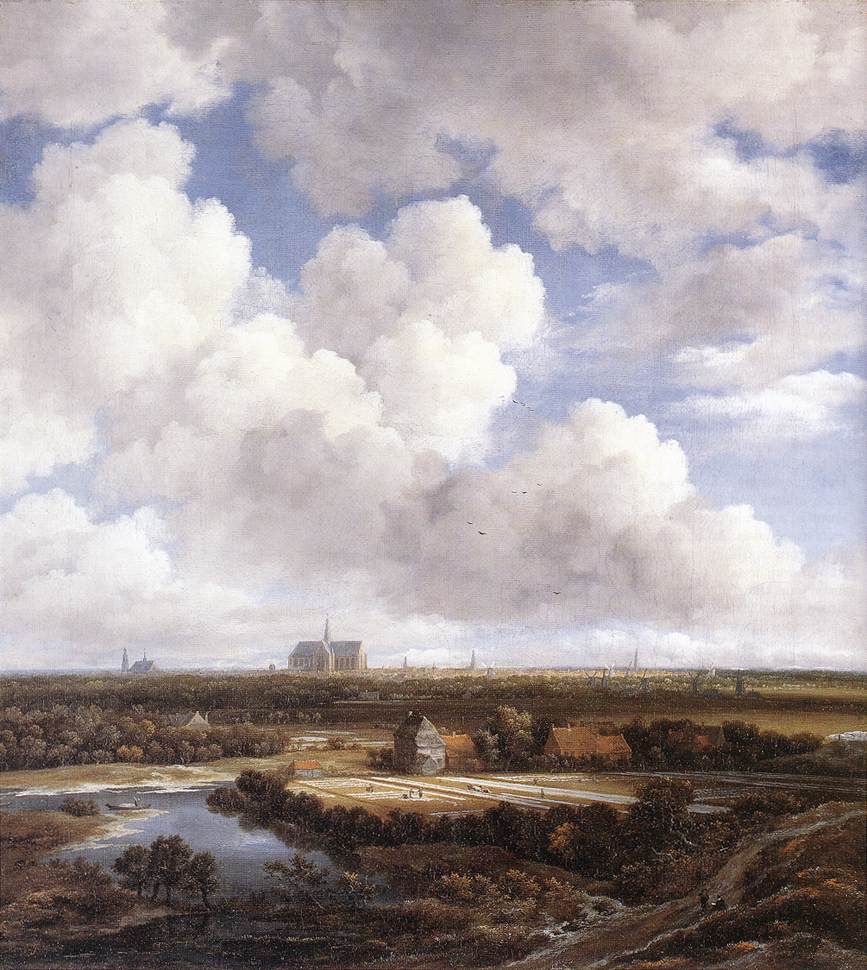Do you know your culumonimbus from your lenticularis? Your cirrostratus from your stratocumbulus?
I didn’t think so - and neither did I, before I started researching clouds.
And it may sound rather complicated, but the better you can identify the clouds you see, the more fun it becomes to observe them.
Luke Howard (1772 - 1864), a British pharmacist, was the first to describe cloud forms using Latin terms such as cirrus, cumulus or stratus. The division of clouds into ten basic cloud forms is based on his publications.
But you don’t need to learn all the Latin by heart; the International Cloud Atlas has a very handy cloud identification guide:
https://cloudatlas.wmo.int/cloud-identification-guide.html
Thanks to this guide I now know that my beloved ‘happy Summer day’ clouds are cumuli, and that continuous downpours are probably caused by nimbostrati.
Today, become a cloud spotter.
Look up, and try to you figure out what kind of clouds you see.
Which are your favourites? And why?
Share your identified clouds using the hashtag #kramerseye on Twitter or Instagram.
For more cloud appreciation check out this Ted Talk by Cloud Appreciation Society founder Gavin Pretor-Pinney:
https://www.ted.com/talks/gavin_pretor_pinney_cloudy_with_a_chance_of_joy
Listen to today’s podcast





